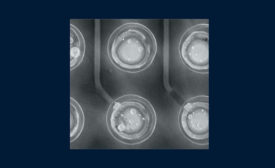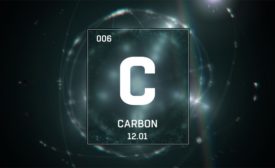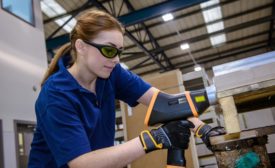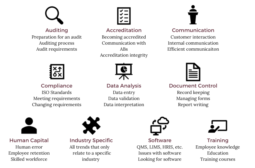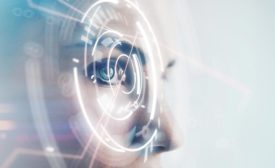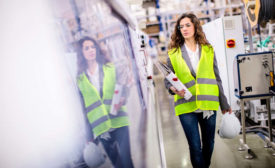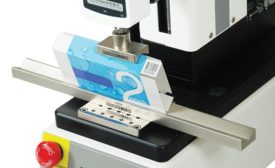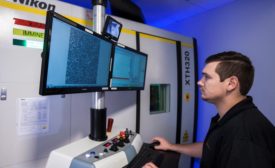Test & Inspection
Why Identifying Carbon is Crucial for Site and Inspector Safety
Each material has its own set of characteristics, which include tensile strength, malleability and thermal conductivity.
October 6, 2020
Why COVID-19 makes materials analysis in quality control more important than ever
Thanks to the continued development of material analysis technologies like LIBS, OES and XRF, testing in-house couldn’t be easier.
October 6, 2020
Quality Web Exclusive
Calibration and More Surveyed by Student Group at VA Tech
October 5, 2020
Quality Web Exclusive
The Hybridization of Inspection and Reverse Engineering Using 3D Scanning
October 5, 2020
Faster Quality Inspection Reporting
Inspection reports need to be fast—but also free of errors. This is easier with the right tools.
September 1, 2020
Essential Testing for Essential Industries
Force measurement is an important characteristic in meeting the requirements of a quality product.
August 26, 2020
NDT Case Study
X-ray CT for Quality Assurance of Metal AM Parts
The technique of choice for seeing inside metal structures is industrial X-ray computed tomography.
August 6, 2020
Stay in the know with Quality’s comprehensive coverage of
the manufacturing and metrology industries.
eNewsletter | Website | eMagazine
JOIN TODAY!Copyright ©2024. All Rights Reserved BNP Media.
Design, CMS, Hosting & Web Development :: ePublishing
